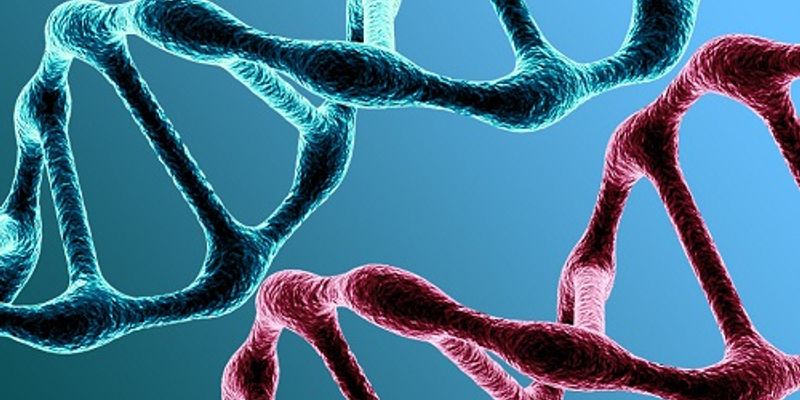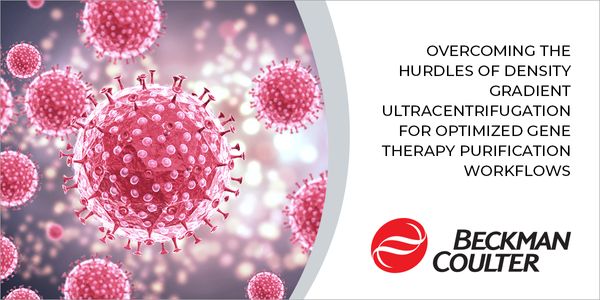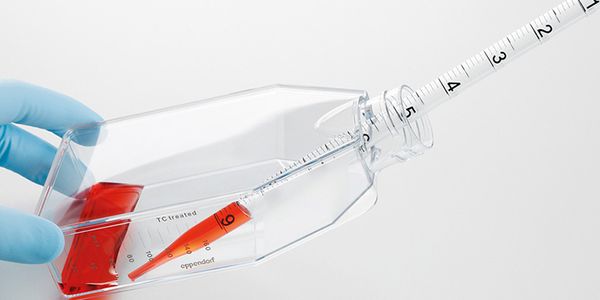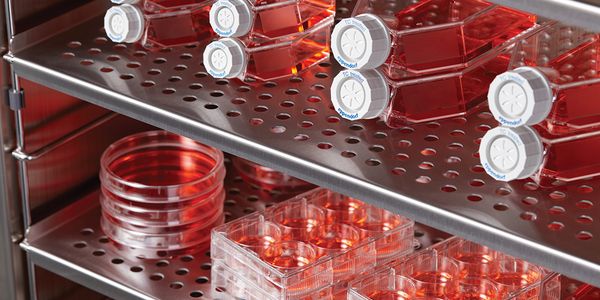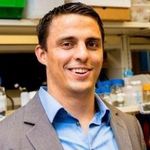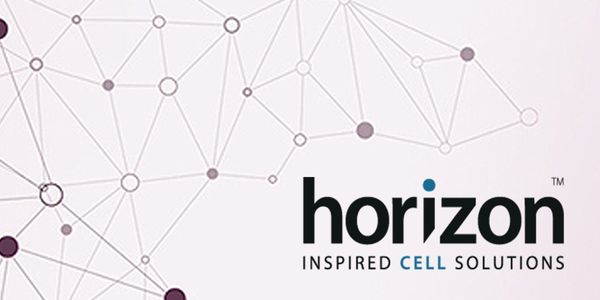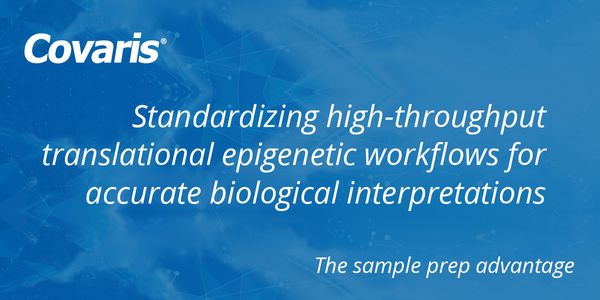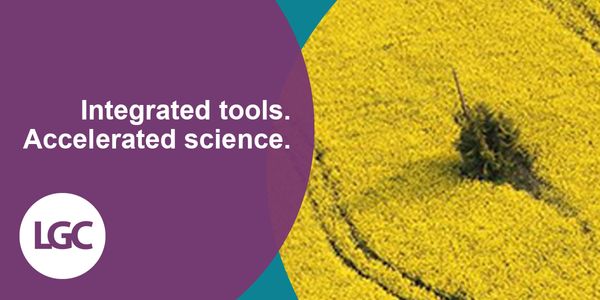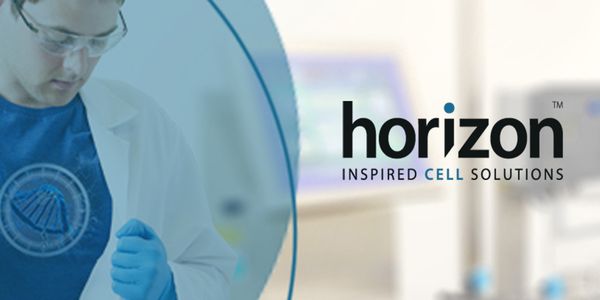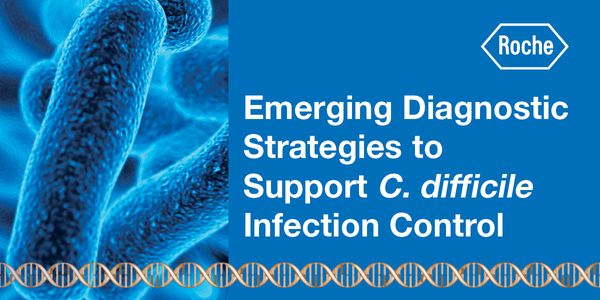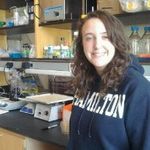DNA Isolation & Purification
DNA Isolation & Purification: DNA isolation is a process of purification of DNA from sample using a combination of physical and chemical methods. The first isolation of DNA was done in 1869 by Friedrich Miescher. Currently it is a routine procedure in molecular biology or forensic analyses. The procedure is based on alkaline lysis of bacterial cells followed by adsorption of DNA onto silica in the presence of high salt.
-
JUL 22, 2020 | 10:00 AMDATE: July 23, 2020 TIME: 10:00 am PDT The SARS-CoV-2 pandemic has taken a toll on many sectors of the medical community. As the pandemic took a grip on the laboratory, the need for diagnost...JAN 29, 2020 | 9:00 AMDATE: January 29, 2019 TIME: 9:00am PST Plasma membrane proteins are a difficult subset of proteins to solubilize, purify, quantify, and detect, largely due to the challenge of extracting th...DEC 04, 2019 | 7:00 AMDATE: December 4, 2019TIME: 7:00am PST, 10:00am EST, 4:00pm CET Do you know how it feels when you just quickly want to redo an experiment that your colleague did, or an experim...NOV 19, 2019 | 8:00 AMDATE: November 19, 2019TIME: 8:00am PTCentrifugation has long served as a critical separation tool in countless research and production facilities spanning a wide range of discipline...NOV 18, 2019 | 7:00 AMDATE: November 18, 2019TIME: 7:00am PST, 11:00am EST, 4:00pm CEWT How often do you pipette in your cell culture lab every day? Usually, we do it so often that we tend stop th...SEP 05, 2019 | 7:00 AMDATE: September 5, 2019TIME: 7:00am PT, 10:00am ET, 4:00pm CEST PCR (Polymerase Chain Reaction) has gone through a massive evolution since its development in 1983. Besides it...JUN 05, 2019 | 5:00 PMDATE: June 5, 2019TIME: 8:00am PDT, 11:00am EDT, 5:00pm CEST Eukaryotic cell cultures respond to the most subtle influence. Apart from the risk of contamination, minimal chan...MAY 16, 2019 | 4:00 PMDATE: May 16, 2019TIME: 7:00am PDT, 10:00am EDT, 4:00pm CEST The emergence of NGS is revolutionizing the microbiological sciences and transforming medicine. Deep sequencing has...All forms of life require immune systems to stave off infection from viruses and other pathogens. In bacteria and archaea, clustered regularly interspaced short palindromic repeats (CRISPR) a...
The most recently developed genome editing system, CRISPR-Cas9 has greater inherent flexibility than prior programmable nuclease platforms. Because of its simplicity and efficacy, this techno...
Cellular processes are orchestrated by a large number of biomolecules in a spatially and temporally coordinated manner within a tiny volume. To uncover the underlying organizational principle...
With the advent of cost-effective culturing approaches, 3D cell culture models (3D-CCMs) have been rapidly adopted for drug discovery since they provide a more physiologically relevant micro-...
SEP 18, 2018 | 8:00 AM
DATE: September 18,2018TIME: 08:00am PDT, 11:00am EDT CRISPR-Cas9 gene editing strategies have revolutionized our ability to engineer the genomes of diverse cell types and sp...
MAY 03, 2018 | 11:00 AM
DATE: May 3, 2018TIME: 11:00AM PDT, 2:00PM EDTWhile stress is one of the leading causes of neuropsychiatric disorders, the molecular underpinnings of how stress induces alterations in b...
APR 24, 2018 | 8:00 AM
DATE: April 24, 2018TIME: 8:00AM PSTIn this talk we will cover basic principles of KASP® genotyping chemistry and designing assays that are specific to desired targets. We will go o...
MAR 27, 2018 | 9:00 AM
DATE: March 27, 2018TIME: 09:00am PDT, 12:00pm EDTThe rapid adoption and ease of use of CRISPR-Cas9 has driven the development of applications for gene knockout, precise gene editing, a...
MAR 22, 2018 | 7:00 AM
DATE: March 22, 2018TIME: 07:00am PDT, 10:00am EDTClostridium difficile (C. diff) is a highly problematic healthcare-associated infection that is easily spread and often results in poor...
The Resource Identification Initiative supports NIH's new guidelines for Rigor and Transparency as these apply in biomedical publications. Authors are instructed to authenticate key biolo...
How are your RNA yields? Some sample types present special challenges in RNA purification and analysis. In this webinar, we will discuss and provide tips for the following topics: &b...
Stem cells can self-renew and differentiate into multiple different cell types. Engineering of stem cells has enabled new methods to study development and organogenesis in humans as well as d...
Contractile non-muscle cells, including smooth muscle and myoepithelial cells, provide the mechanical forces required for tissue homeostasis in numerous organ systems. For example, smooth mus...
